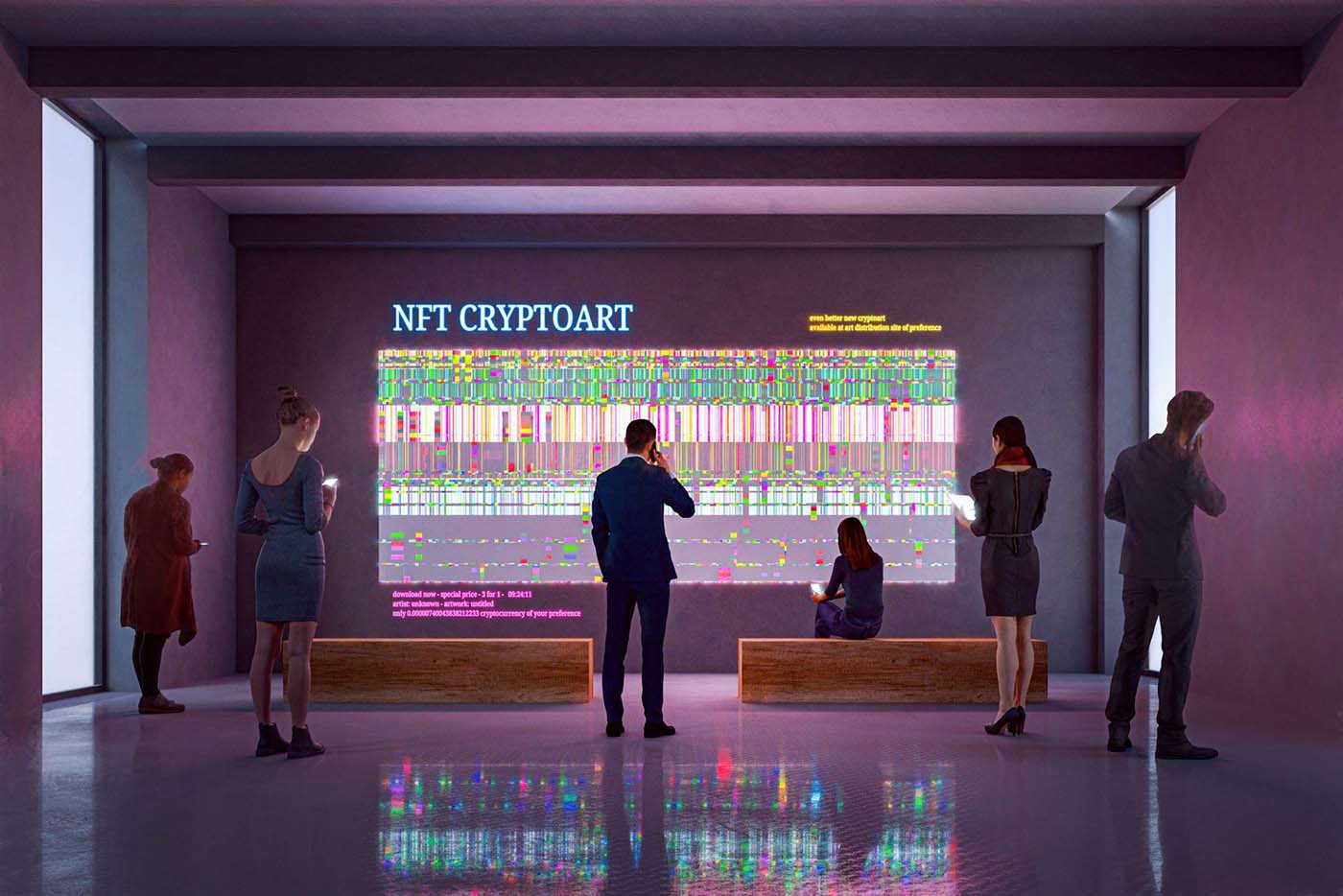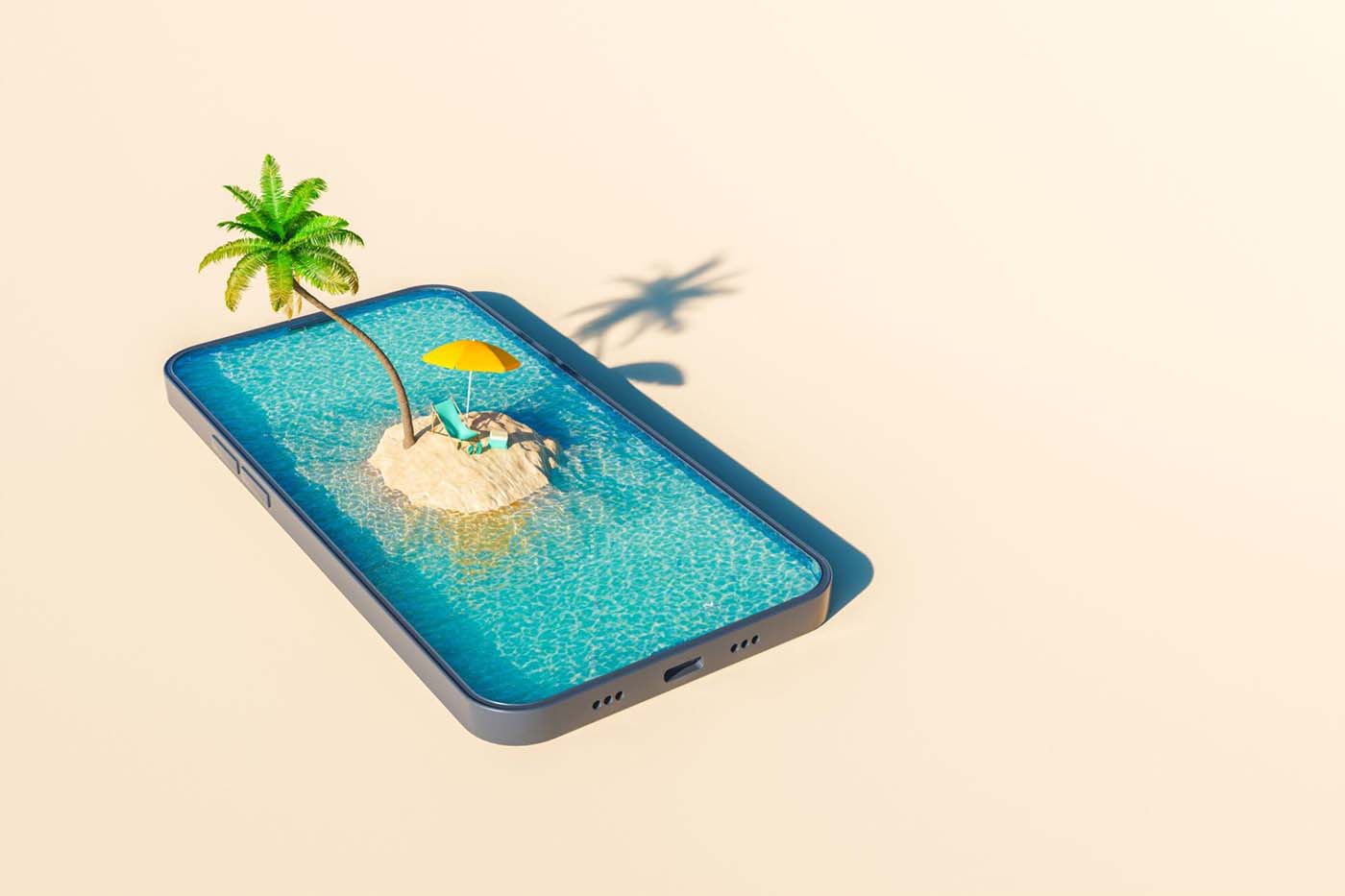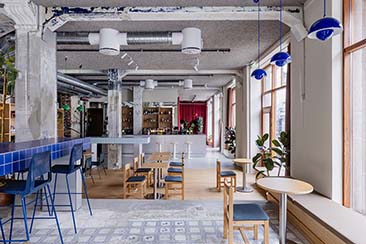Blockchain: A Revolution Unfolding
Once confined to the fringes of technological innovation, blockchain technology has transcended its roots in cryptocurrency to initiate a wave of disruption across a plethora of sectors. In a testament to its versatility and far-reaching implications, blockchain’s impact is being keenly felt in the world of arts, culture, travel, and design.
This technology’s ability to ensure transparency, authenticity, and efficiency has opened up new horizons, challenging conventional models and establishing new paradigms. Blockchain’s emergence in these spheres signals a crucial juncture in their evolution, with its potential for transformation only set to grow in the coming years.

Redefining the Artistic Landscape: The Emergence of CryptoArt and NFTs
Blockchain technology’s influence on the art world cannot be overstated. The advent of Non-Fungible Tokens (NFTs) has upended traditional notions of art collection, ownership, and distribution. NFTs, unique digital assets stored on the blockchain, can represent ownership of specific pieces of content, ranging from digital art to music.
Artists can tokenise their works as NFTs, thereby creating a digital certificate of ownership that can be bought and sold. This groundbreaking development is democratising the art industry by facilitating direct artist-audience interactions and enabling artists to reap the full financial benefits of their work, bypassing traditional intermediaries like galleries and auction houses.
NFTs also introduce a new level of scarcity and exclusivity to the digital art world, aspects traditionally associated with physical art. They allow artists to control the supply of their work and ensure the authenticity of each piece, providing a robust response to issues of copyright infringement and unauthorised replication that plague the digital art space.
The Confluence of Fashion and Blockchain: A Push Towards Sustainability
Fashion is an industry rife with creativity, innovation, and unfortunately, counterfeit goods and unsustainable practices. Here too, blockchain technology promises to usher in significant change. By leveraging blockchain’s transparent and immutable ledger system, stakeholders in the fashion industry can enhance traceability and combat counterfeiting.
Blockchain can track the journey of a garment from the cotton field to the retail outlet, detailing each step in its production process. This level of transparency is invaluable in verifying a product’s authenticity and ensuring ethical, sustainable practices in the supply chain. Consumers can scan a QR code on clothing to access a product’s ‘story,’ promoting a connection with the brand and fostering trust.
Beyond verifying the authenticity and ethical credentials of products, blockchain’s smart contract functionality could automate and streamline administrative processes. This technology can manage transactions and agreements between parties, increasing efficiency and reducing the potential for disputes or inaccuracies.

Blockchain’s Foray into the Travel and Hospitality Sector
The travel and hospitality sector, a multifaceted industry with complex operational processes and customer interactions, stands to benefit enormously from blockchain technology. Blockchain can streamline booking and payment processes, making them more efficient, secure, and user-friendly.
For instance, a blockchain-based reservation system can eliminate the need for intermediaries like travel agents and online booking platforms, reducing costs for both service providers and consumers. It can also facilitate real-time, secure payment transactions across borders, eliminating the need for currency exchange and associated fees.
The ability to create tamper-proof, decentralised records of customer preferences and behaviours can enhance personalised service delivery and loyalty programs. Moreover, the rising acceptance of cryptocurrencies as a form of payment by hotels, airlines, and other travel companies opens up new possibilities for decentralised, cross-border transactions, making travel more accessible.
Designing for a Decentralised Future
In the world of design, blockchain is fostering a new paradigm rooted in collaboration, decentralisation, and digital ownership. Blockchain’s decentralised nature allows for the collaborative creation, use, and sharing of digital assets. This disruption to traditional models of ownership and distribution is creating a more democratic, accessible design landscape.
Seizing the Blockchain Opportunity
As we stand on the brink of this exciting new era, it’s clear that blockchain and cryptocurrencies are here to stay. This revolutionary technology is challenging traditional paradigms and driving innovation across the arts, culture, travel, and design sectors.
If you’re interested in diving deeper into the world of cryptocurrencies and their potential impacts, check out these documentaries that offer a comprehensive look at this transformative phenomenon.
Embracing blockchain technology and its transformative potential will be crucial for organisations and individuals in these sectors to thrive in the digital age. The creative integration of blockchain into these fields represents a thrilling opportunity – a chance to redefine practices, engage audiences in novel ways, and drive forward on the path to a more transparent, equitable, and innovative future.
This article has only scratched the surface of blockchain’s potential impact in these sectors. The scale of its potential applications is vast, and as understanding and adoption of this technology grow, its effects will continue to ripple outwards, disrupting the status quo and shaping the future of our creative and cultural experiences. As we navigate this brave new world, one thing is certain: the blockchain revolution is just getting started.








